Let's get to it:
BRYAN GILLESPIE FROM FORT WASHINGTON, PA:
This is in response to your Asked and Answered of March 29. The Steelers have had the first pick in the NFL Draft three times. Gary Glick was the first overall pick in 1956. He was a lottery bonus pick.
**
See who has worn jersey No. 72 in Steelers history
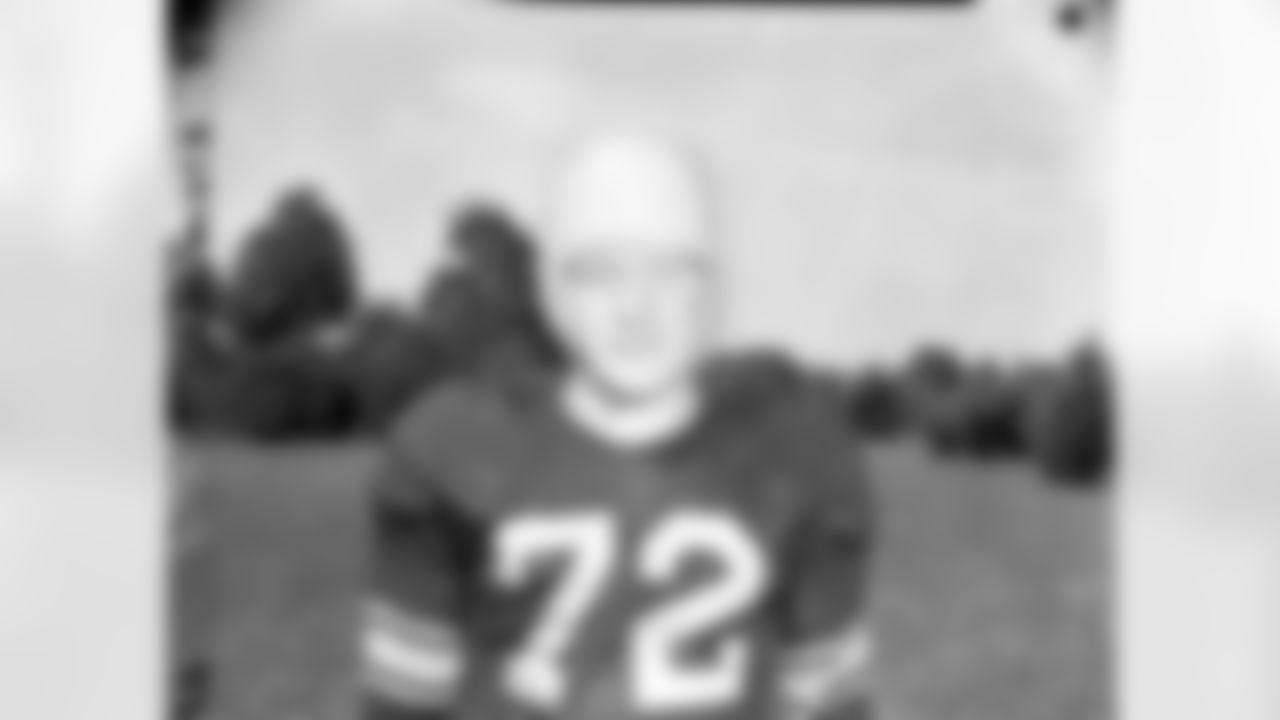
Red Moore (1947-49)

Red Moore (1947-49)
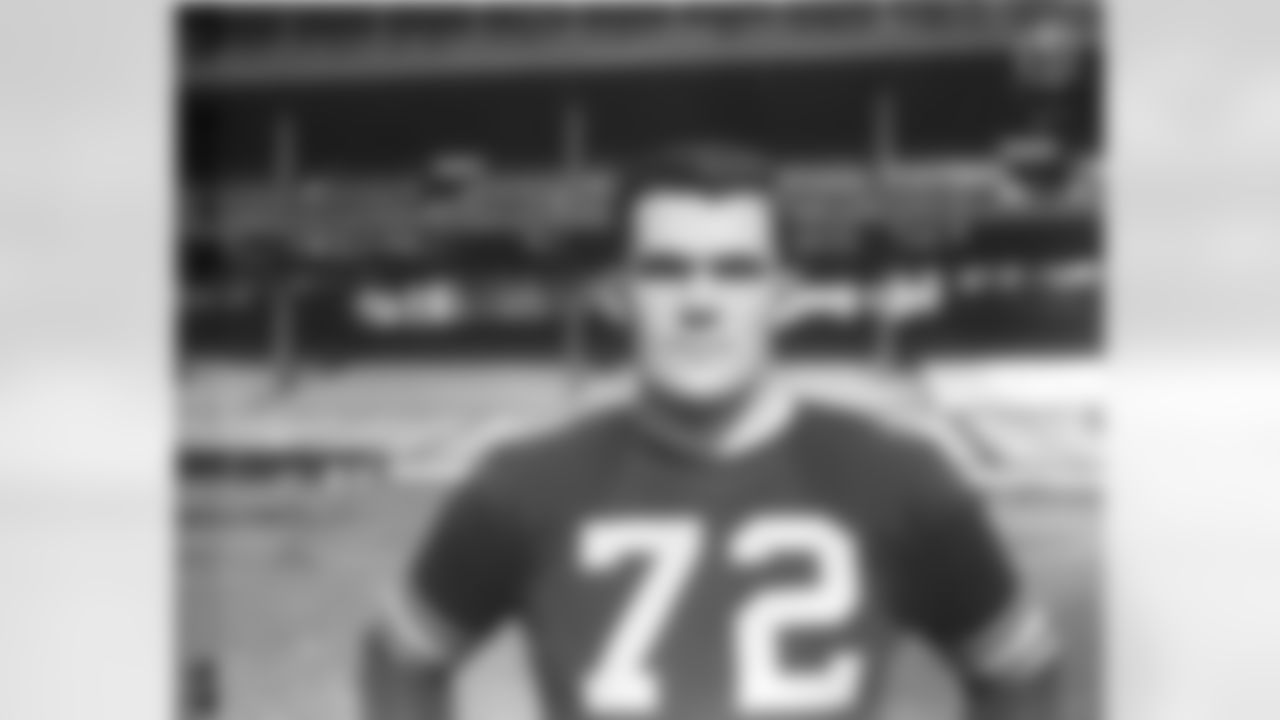
Earl Murray (1952)
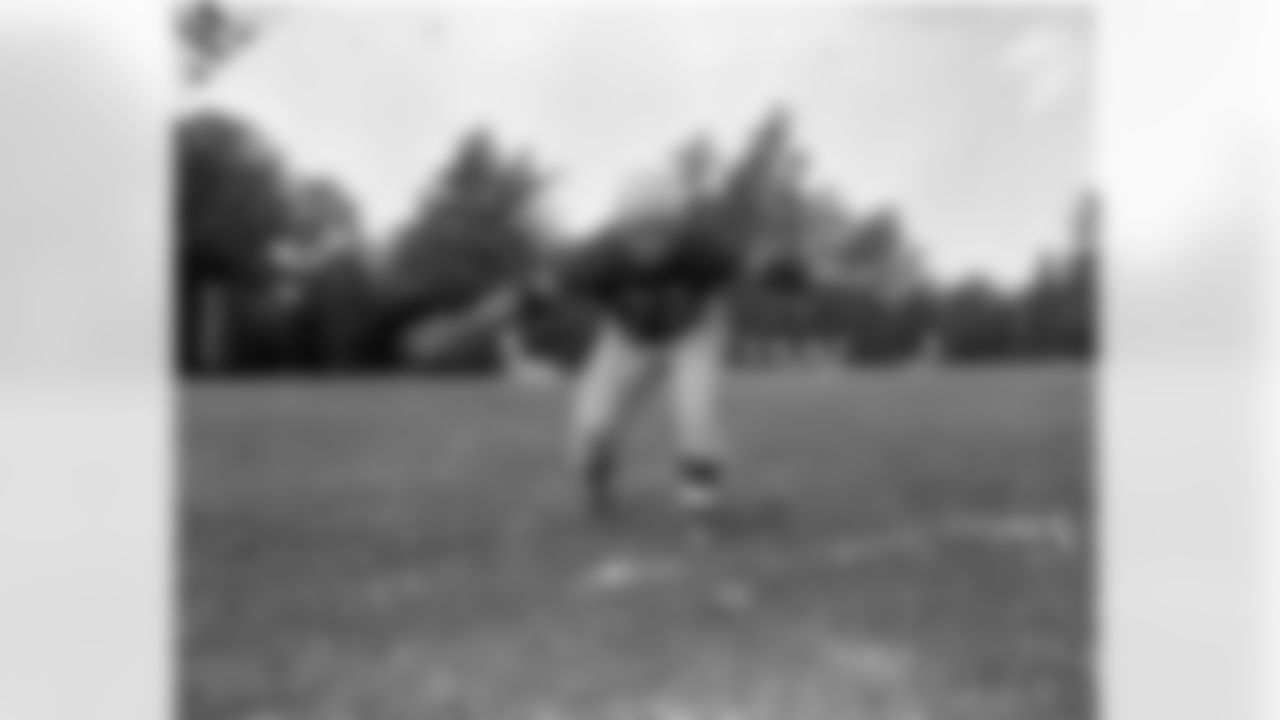
Alex Smail (1952)
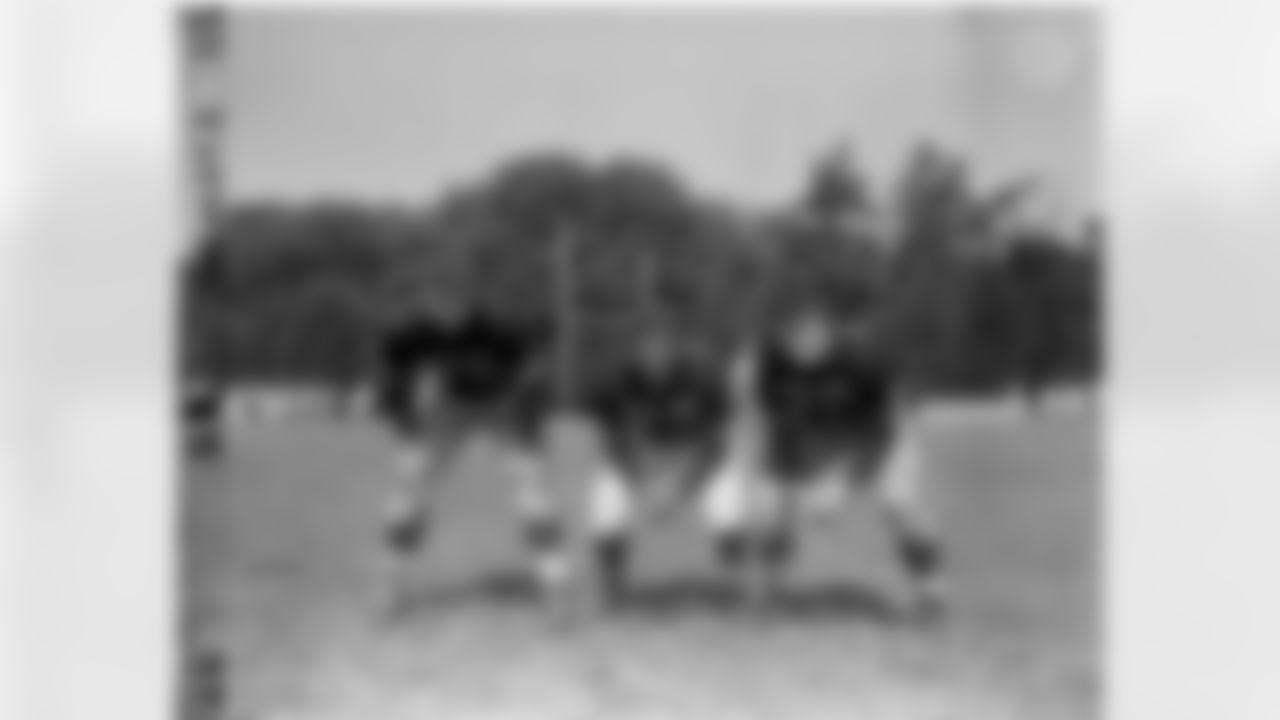
Bob Gaona (1954-57) Pictured in the middle.
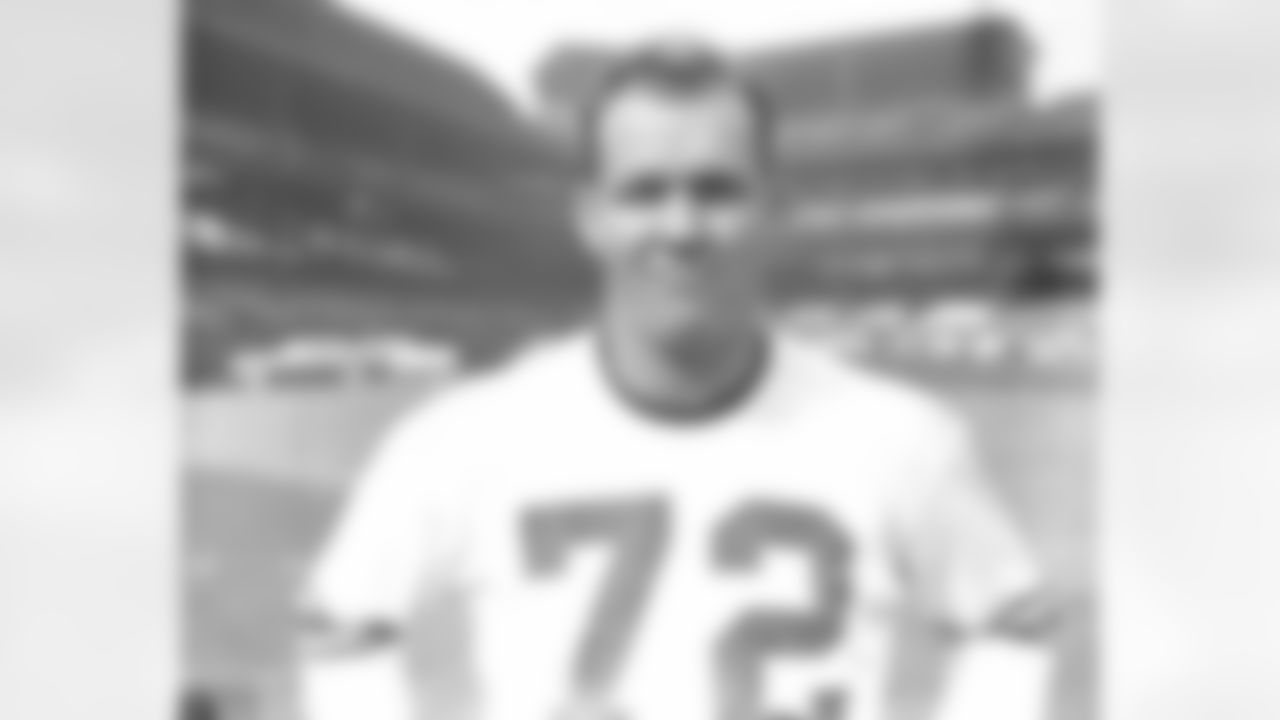
Sid Fournet (1957)

Sid Fournet (1957)

Darrell Dess (1958)

Dick Klein (1961)

Fran O'Brien (1966-68)
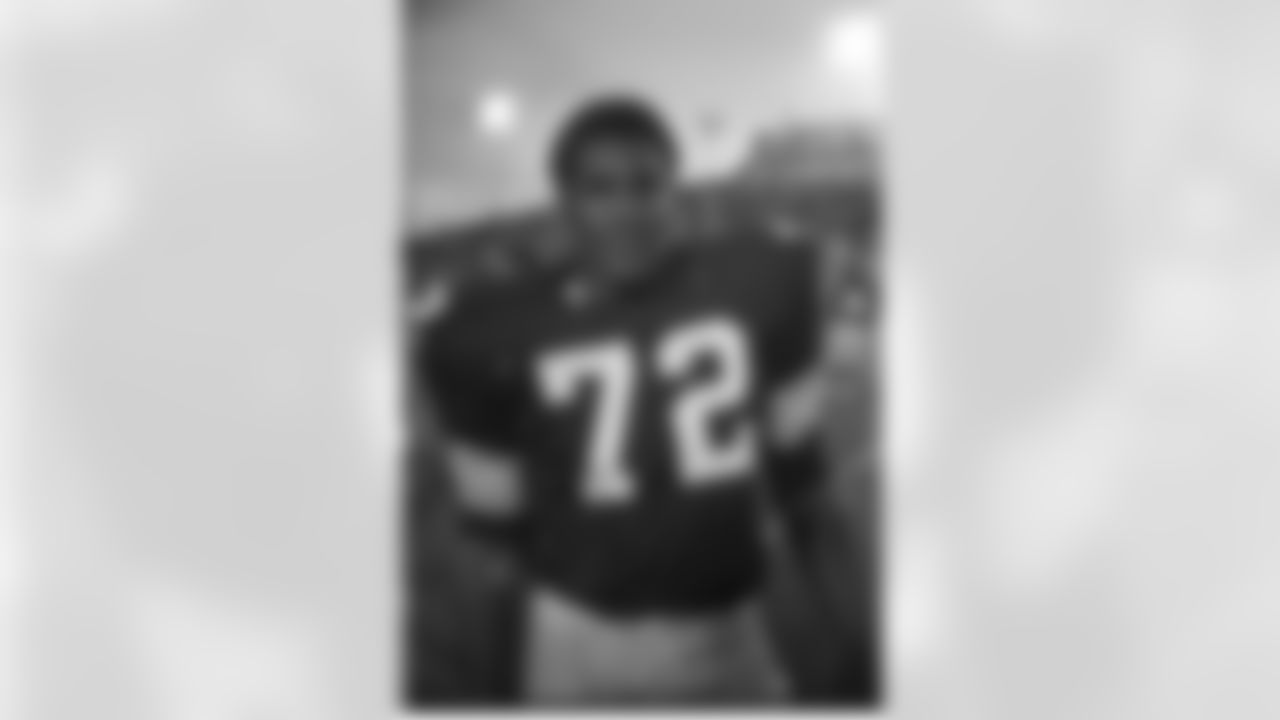
Joe Greene (1969) only wore number 72 his rookie year during the preseason. Ken Kortas was cut before the 1969 season began and equipment manager Tony Parisi made the switch giving Joe Greene the Number he wore in high school and college. Joe Greene first appeared wearing number 75 for the regular-season opener against Detroit at Pitt Stadium.

Gerry Mullins (1971-79)

Gerry Mullins (1971-79)

Ray Snell (1984-85)

Ray Snell (1984-85)

Leon Searcy (1992-95)
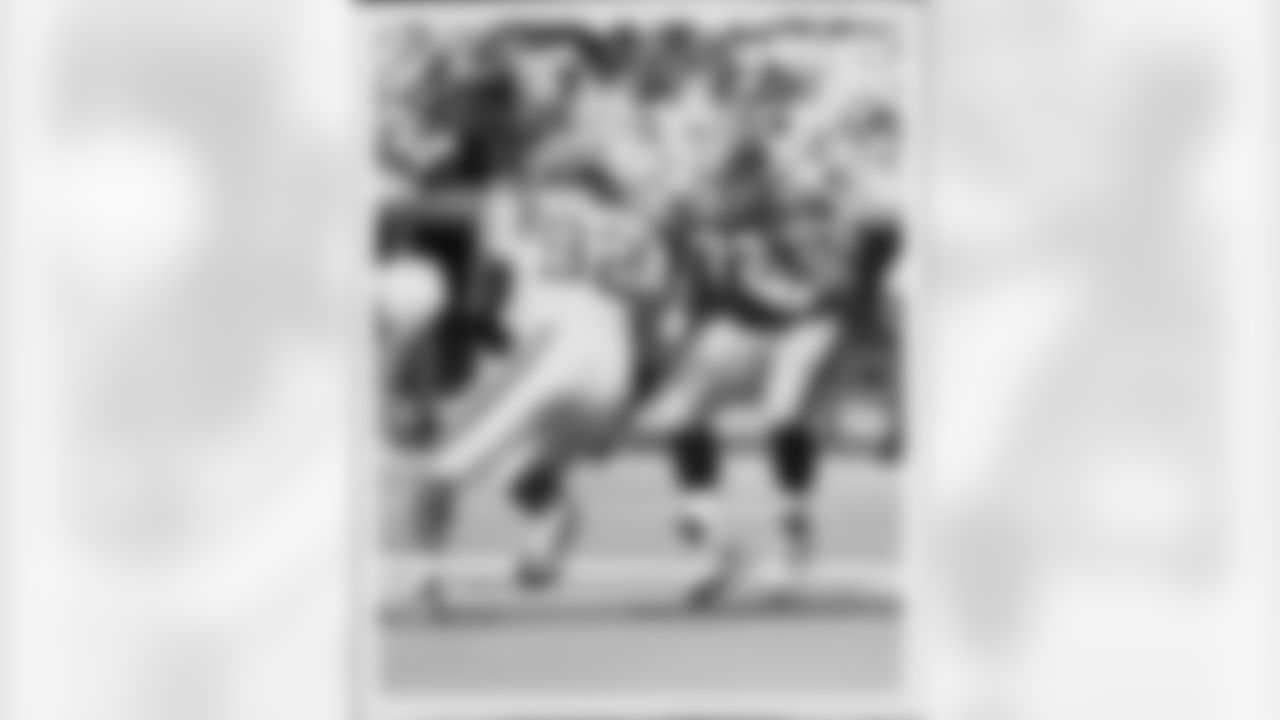
Leon Searcy (1992-95)

Leon Searcy (1992-95)
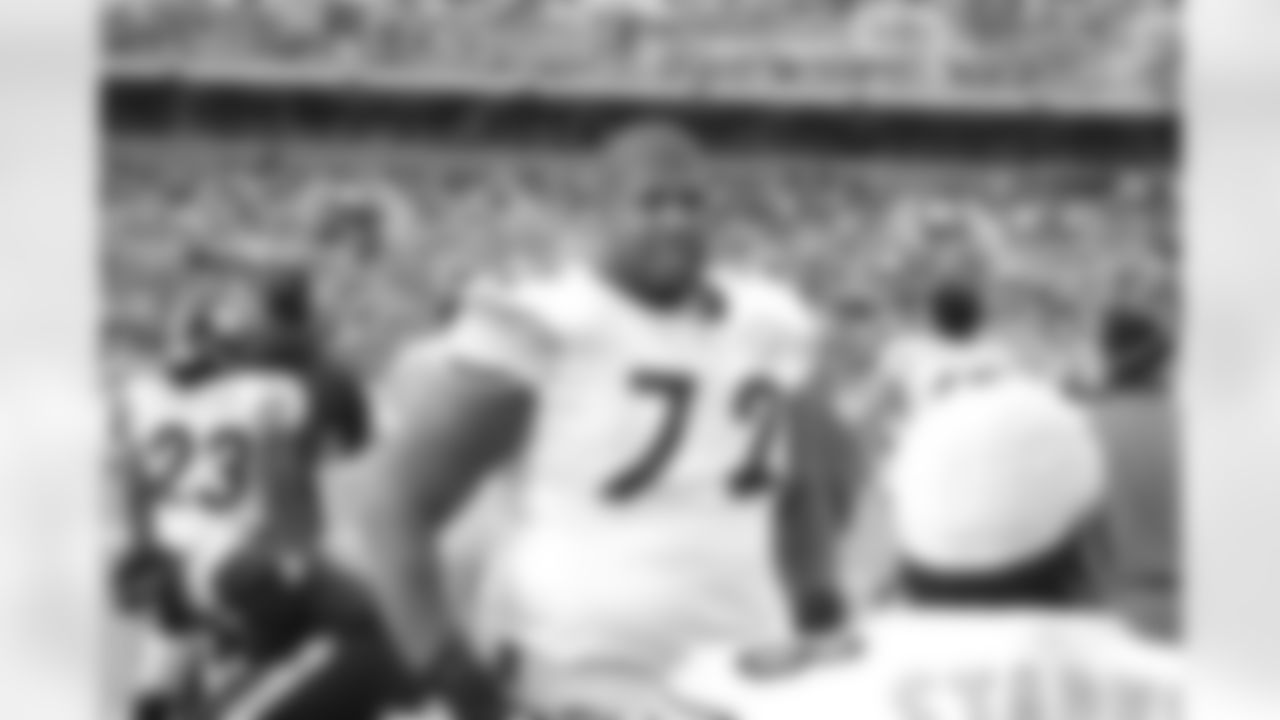
Barrett Brooks (2003-05)

Barrett Brooks (2003-05)
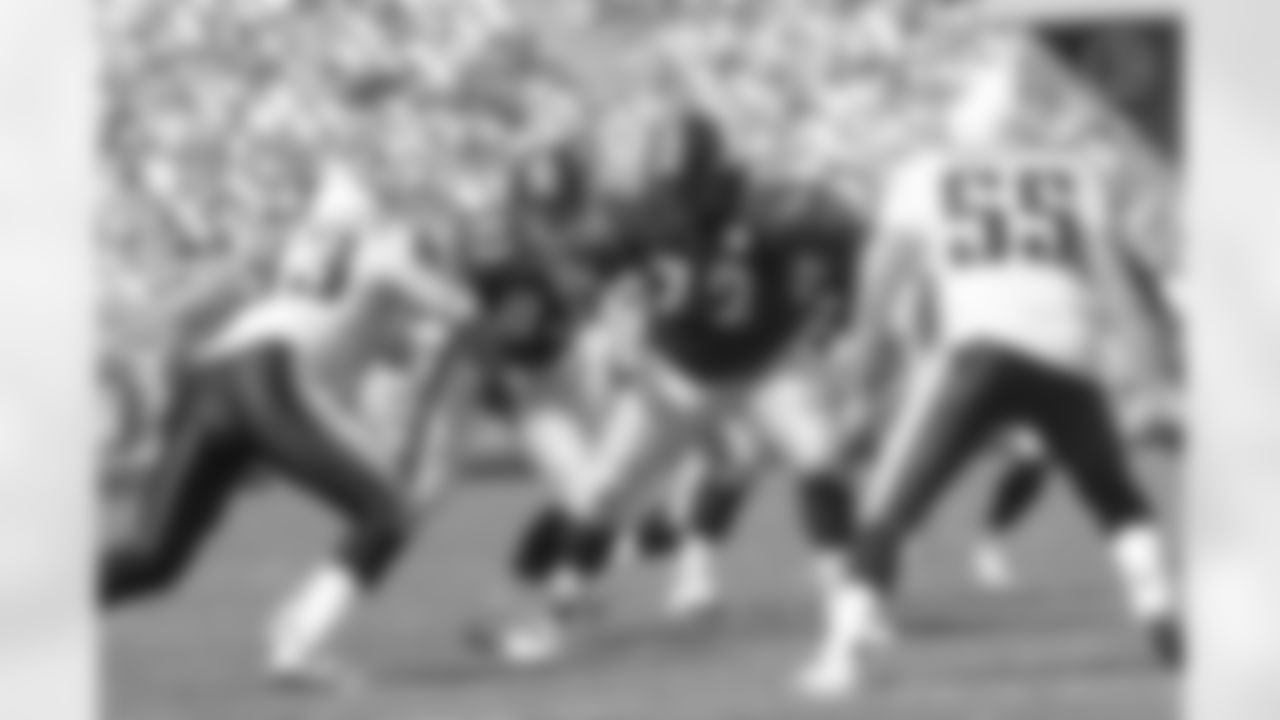
Barrett Brooks (2003-05)
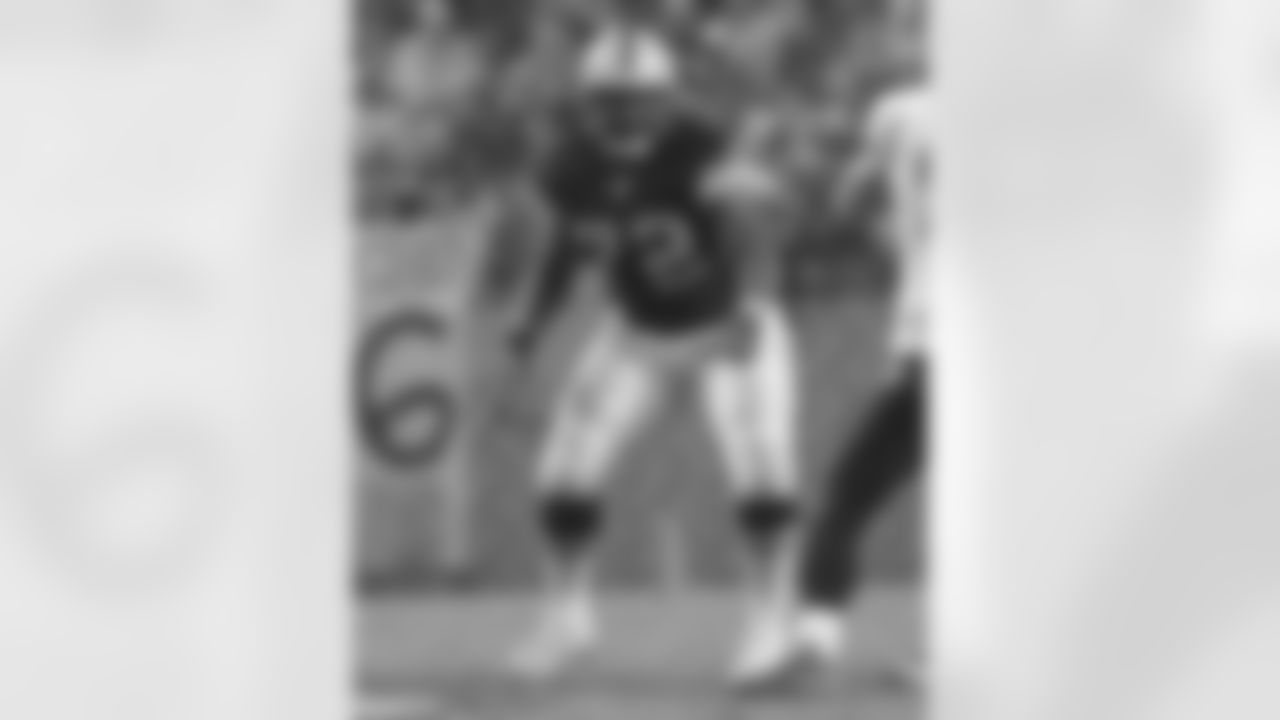
Darnell Stapleton (2007-09)

Darnell Stapleton (2007-09)
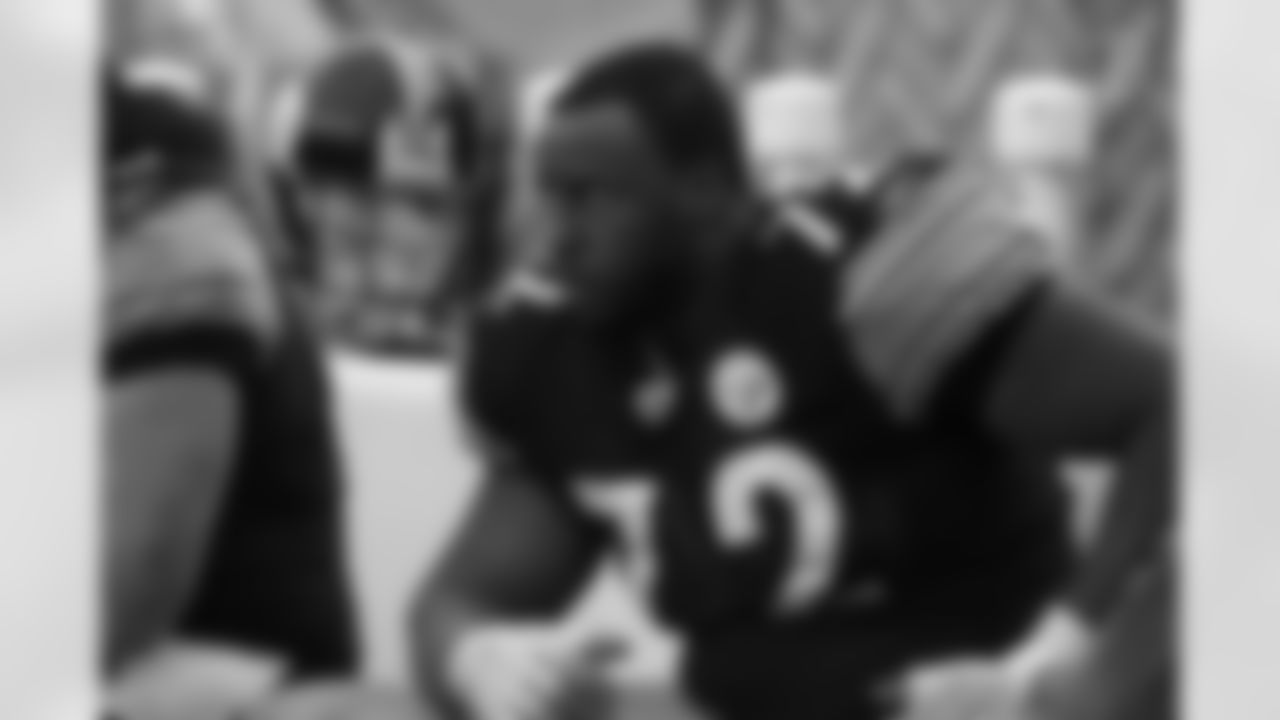
Jonathan Scott (2010-11)
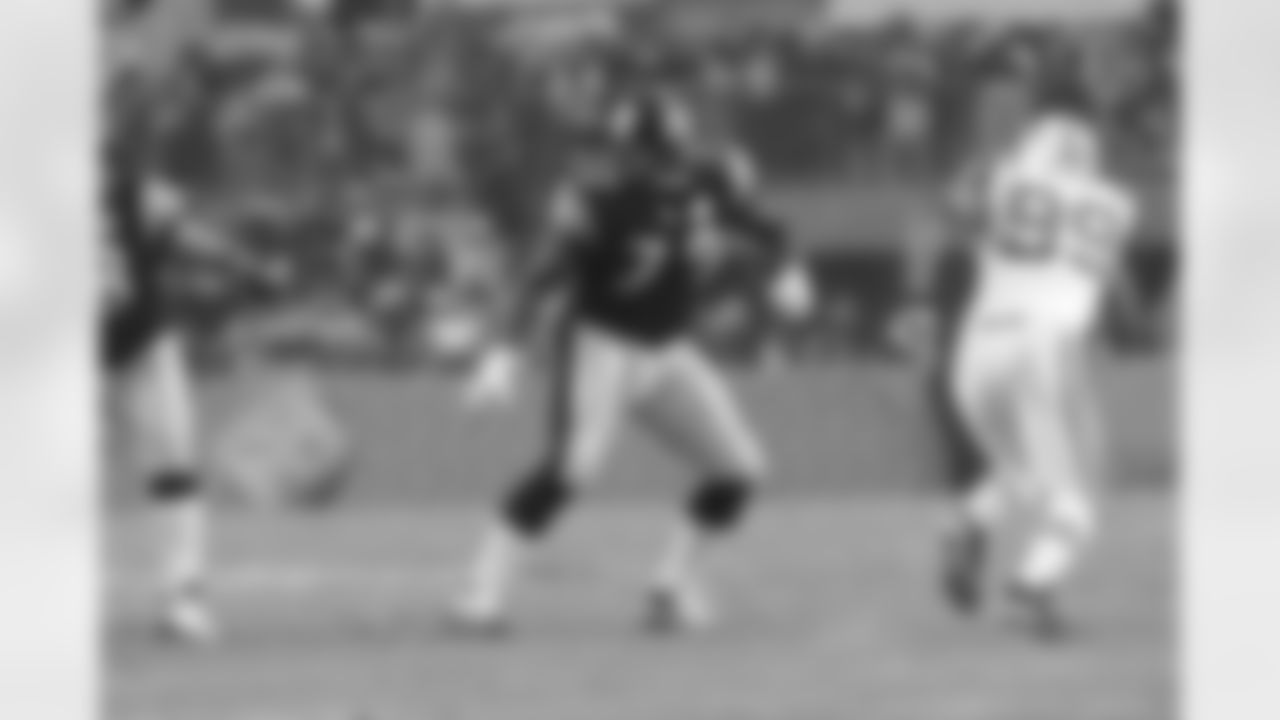
Jonathan Scott (2010-11)

Jonathan Scott (2010-11)

Cody Wallace (2013-16)

Cody Wallace (2013-16)

Cody Wallace (2013-16)
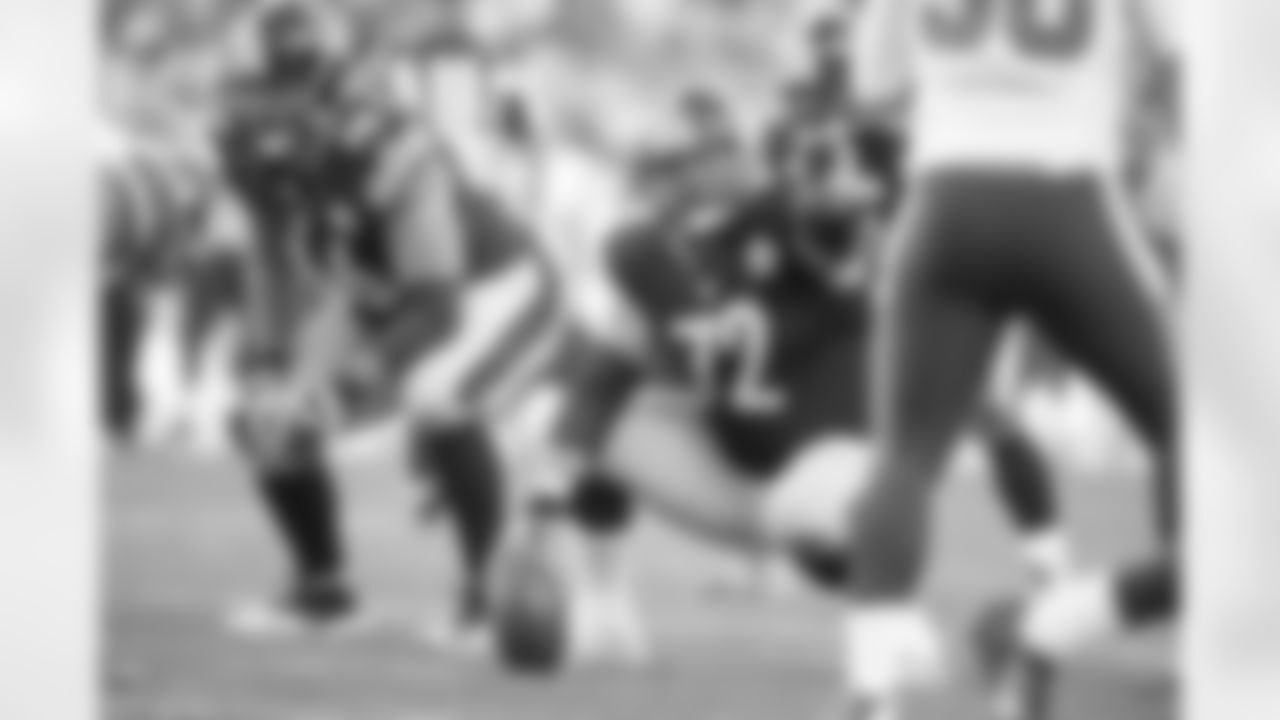
Cody Wallace (2013-16)

Cody Wallace (2013-16)

Cody Wallace (2013-16)

Zach Banner (2018-present)
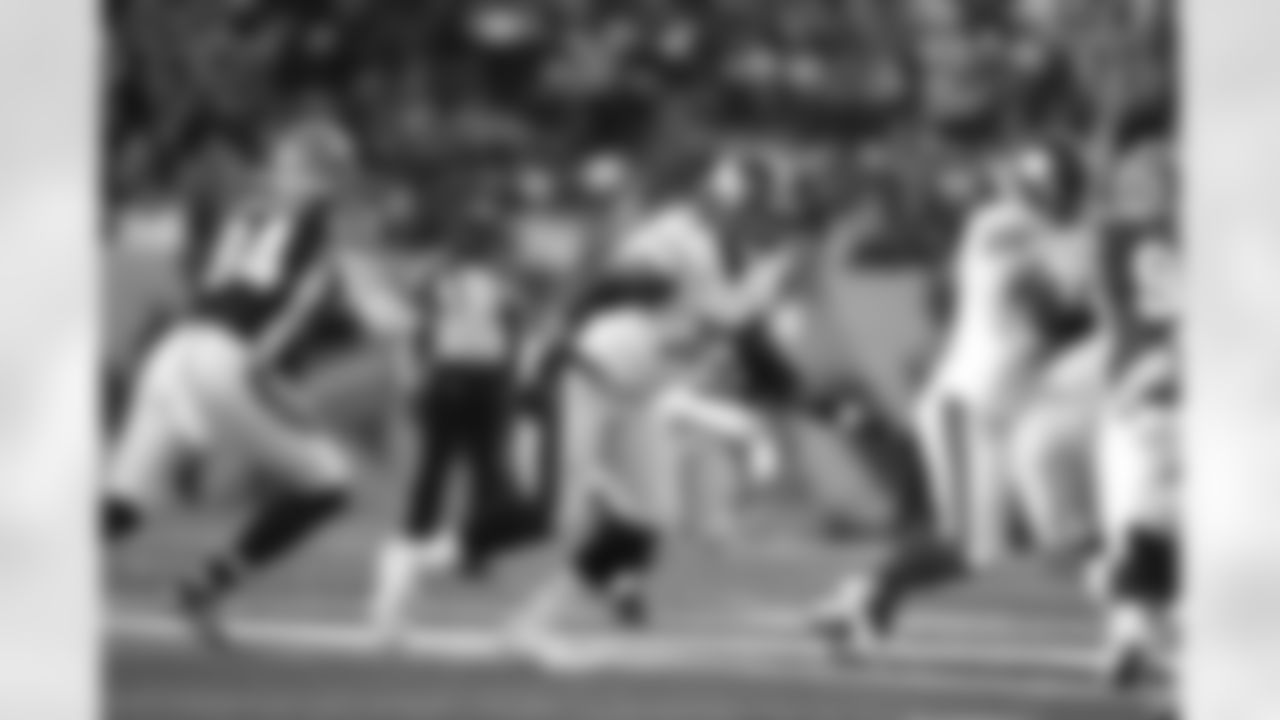
Zach Banner (2018-present)

Zach Banner (2018-present)

Zach Banner (2018-present)

Zach Banner (2018-present)
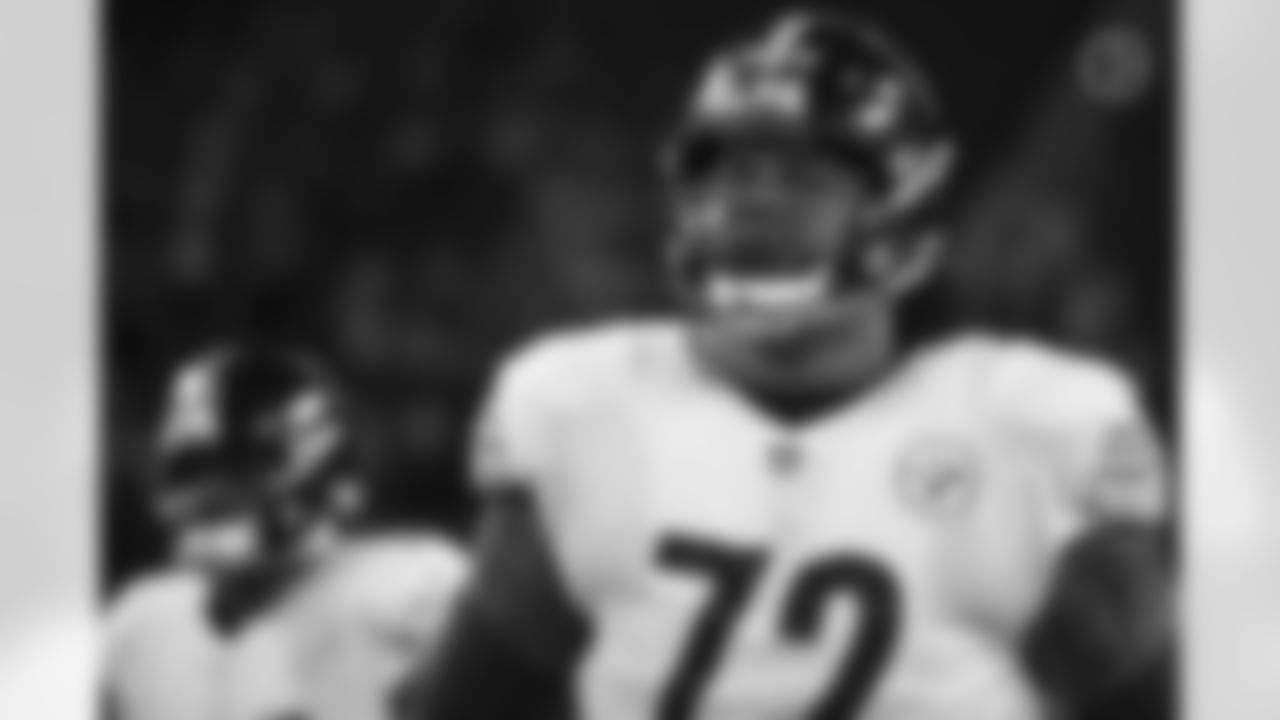
Zach Banner (2018-present)
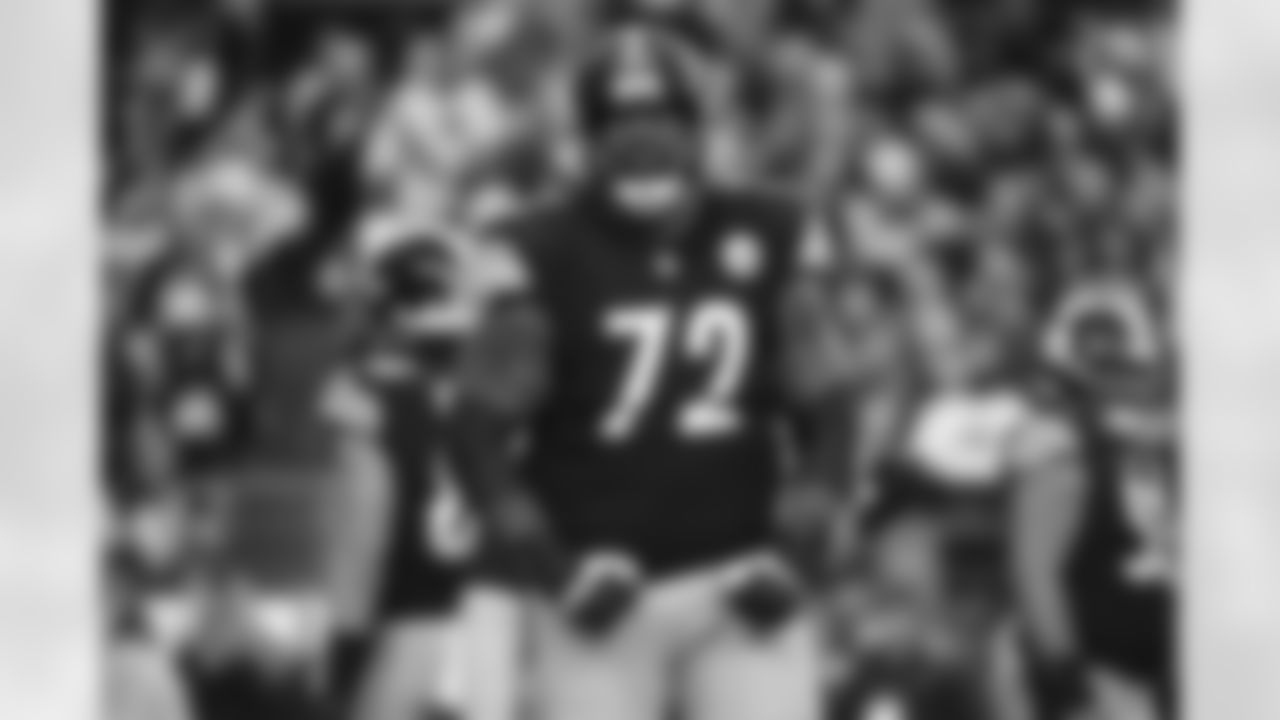
Zach Banner (2018-present)
ANSWER: Bryan, I chose your version of the many received on this matter, and the reason was that it came closest to illustrating the salient facts. Gary Glick in fact was a Bonus Pick of the 1956 NFL Draft, and that Bonus Pick was allotted by the NFL for the 12 years spanning 1947-58. To repeat, Gary Glick was a Bonus Pick. That distinction is significant, because in 1956, according to "Total NFL: The Official Encyclopedia of the NFL," the first overall pick of the 1956 NFL Draft was made by the San Francisco 49ers, who selected Michigan State quarterback Earl Morrall. This is how the history of that draft is recorded in the NFL's own encyclopedia, even though Glick was picked before Morrall.**
The question, as posed in that March 29 installment by Nick Mitchell read, "Did the Steelers ever have the first overall pick in the draft?" The NFL made the distinction back then that the Bonus Pick was not the "first overall pick of the draft," because it was viewed, as you pointed out, as a bonus choice determined by a lottery, as opposed to being a pick "earned" by a team based on the previous season's record. Another provision of the Bonus Pick was that each team was allowed to win that particular lottery just once. To summarize, every year in which the NFL awarded a Bonus Pick by lottery, there also was a "first overall pick of the draft" made by the team with the league's worst record the year before.
SCOTTY FERRELL FROM POCATELLO, ID:
Love your insights, but I gotta disagree with you on the last A&A. You said there was only one instance of a player getting multiple personal fouls in a game last year. I didn't think that was right, since Odell Beckham Jr. and Josh Norman got multiple fouls each in the same game. A little research from Stats LLC revealed 32 players receiving two personal fouls in a game and two players getting three. That's pretty significant.
ANSWER: That's not what I wrote in the last Asked and Answered, because that wasn't the question I was asked. The question asked was about the new player ejection rule, and the part of the question you are referencing read, "In recent seasons, how many players would have been ejected if this rule had been in place?" That's not the same as, "how many players got multiple personal fouls in a game," which is what your "little research from Stats LLC revealed." And the reality of this new rule is that not all personal fouls, or unsportsmanlike conduct penalties, are going to count toward an ejection. And so I stand by my statement, that based on THE PARTICULAR FOULS THAT ARE GOING TO LEAD TO EJECTION IN 2016, only one player would have been ejected in 2015. And that one player was neither Beckham nor Norman. By the way, if you see Merril Hoge at the grocery story, say hi for me.
ANDREW KRIST FROM TUSCALOOSA, AL:
In the past we've had some All-Pro level running backs get hurt and not come back the same. Recently it has been Willie Parker and Rashard Mendenhall. I know Le'Veon Bell is on another level, but how concerned should we be about him being a mediocre back upon his return?
ANSWER: I am someone who lives in my fears, and I am not concerned about Le'Veon Bell being mediocre in 2016. Not at all.
JEREMY JAMES FROM CARY, NC:
What are your thoughts on a longer football season? I understand that the game is by far the most physical in all of pro sports, but I feel like with only one a game a week for 16 weeks we don't get to see enough Steelers football. I would like to see fewer preseason games, maybe a break of 1-2 weeks around midseason for all teams in addition to the normal bye weeks, and have seasons run for 20 weeks.
ANSWER: My first thought is that despite you typing, "I understand that the game is by far the most physical in all of pro sports," you really don't have any comprehension of how physical professional football is. If you're talking about a regular season lasting 20 games, there is no chance of that happening. If you're talking about throwing in extra breaks and byes to make a 16-game season span 20 weeks, you'll have to convince the NFL's television partners of how that benefits them. You have a sport you like to watch, and you want more of it. While that's understandable, a longer NFL season isn't anything the NFLPA is interested in at this time. Maybe you'll see some expansion of the playoffs in the near future – and maybe not, too – but that's about it.
MIKE MOORE FROM FLOWERY BRANCH, GA:
With the new rule about a player who is flagged for two unsportsmanlike penalties in a game being ejected from that game, does this include excessive celebration? After touchdowns for example? Thanks, enjoy these columns.
ANSWER: There are specific types of fouls listed in the rule that will lead to the ejection of a player, and that's likely one of the reasons why ownership approved it only on a one-year trial basis. I have not yet had a chance to read the exact wording of the rule, but based on the comments made during the owners meetings it doesn't appear that excessive celebration penalties will apply.
"There's a list of specific conduct in there that includes fighting, punching, those kinds of things, and that really was the issue," said Steelers President Art Rooney II, "to make sure that everybody was comfortable with the definition of the fouls that would be a part of the rule. It's actually just a specific list of conduct. There are three definitions of what would count."
ZACK BLAKE FROM SYRACUSE, NY:
At what point do the Steelers start to consider trying to trade Martavis Bryant? He's a great player, but he's not worth having if he's going to be out for a season and maybe more if he doesn't stop. Hopefully he stops, but he's been given a ton of chances.
**
ANSWER: You yourself write about Martavis Bryant: "He's a great player, but he's not worth having if he's going to be out for a season and maybe more if he doesn't stop." If you're correct, who is going to trade for him?**
WADE ROGERS FROM FRANKLIN, PA:
It's been stated that "offensive lineman as a whole are the most intelligent players on a football team." With your many years of experience with the Steelers, do you find this to be true, and why?
ANSWER: I like how you put your premise in quotes, as if someone actually said that. "Offensive lineman as a whole are the most intelligent players on a football team." Huh? I can neither imagine that ever being said by anyone with any degree of stature in the sport, nor can I believe that the statement is provable, or even defendable. Are you talking about intelligence, as in winning an episode of "Jeopardy?" Or do you think New England's offensive linemen know more about football than Tom Brady? Or is it that when you played football, maybe in high school, you were an offensive lineman?
VAEA TANGITAU FROM LAS VEGAS, NV:
With Martavis Bryant suspended for the season and Ladarius Green in at tight end shouldn't Mike Tomlin put Green at wide receiver and Jessie James at tight end? This way, Ben Roethlisberger will have his normal threat of three wide receivers and a tight end he can count on. They should try this in the preseason to see if this will work out. At least two games.
ANSWER: Assuming Le'Veon Bell is the running back, the offense has space for four other eligible receivers (including the tight end position), plus the quarterback. Doing it your way, those eligibles would be Antonio Brown, Ladarius Green, either Sammie Coates or Markus Wheaton, and then Jesse James at tight end. Leaving well enough alone in terms of position switches, the four eligibles could be Antonio Brown, Sammie Coates, Markus Wheaton, and Ladarius Green at tight end. And since Jesse James isn't Heath Miller, I like the second group better.
JOANNE BEVAN FROM FROSTBURG MD:
When will training camp begin, specifically which night will be Friday a Night Lights in Latrobe?
ANSWER: This is a guess, and I want to emphasize that in the event you are going to make plans based on this answer: I would peg Friday Night Lights, which is the Steelers' annual night practice during training camp at Latrobe Stadium, to fall on Friday, Aug. 5. We won't get the Training Camp Schedule until later in the offseason, and it will be posted on Steelers.com as soon as we do.
LEE YOUNG FROM MECHANICSBURG, PA:
Why did the Steelers let Brandon Boykin go? This REALLY thins out the secondary, doesn't it?
ANSWER: The correct way to view the transaction you describe is that Brandon Boykin chose to sign with the Carolina Panthers. The Steelers couldn't "let him go," because he was an unrestricted free agent.
JACK MACDONALD FROM WINCHESTER, VA:
I guess I can quit asking you questions about Brandon Boykin, because I see he signed with the Carolina Panthers. I hope he's not the one who got away. Your thoughts?
ANSWER: You are absolutely right. You can quit asking me questions about Brandon Boykin.














